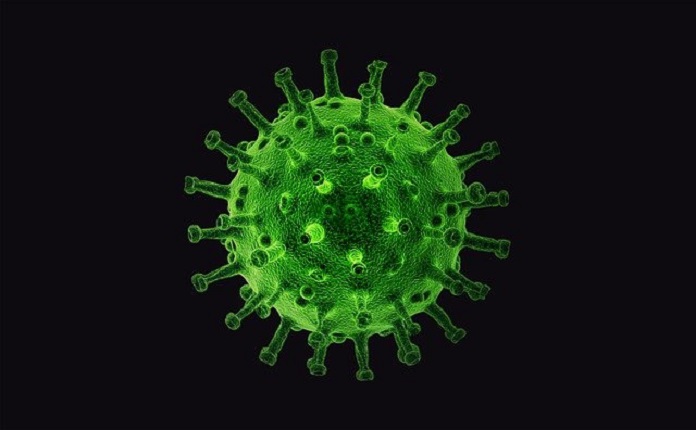With the rapid emergence and spread of COVID-19, governments and public health authorities have introduced several non-pharmaceutical measures to slow the spread and reduce infection rates.
Recently published in the journal Proceedings of the National Academy of Sciences of the United States of America (PNAS), scientists analyzed reported cases of the spread of COVID-19 at various event types. The researchers from Simon Fraser University have developed a model to test the effectiveness of physical distancing, masks, or social bubbles when used in various settings to prevent the spread of COVID-19.
The scientists gathered data from reports of outbreaks at several event types including parties, meals, nightclubs, public transit and restaurants. This data from reported single-event and short-duration outbreaks was used to estimate the transmission rate, number of contacts, and turnover at events. They then introduce the concept of “event R,” which is the expected number of new infections due to the presence of a single individual infected with COVID-19 at an event.
The research team took factors such as transmission intensity, duration of exposure, the proximity of individuals, and the degree of mixing into consideration. Interventions seen to be most effective at preventing transmission in each circumstance were then analyzed. These interventions include social distancing, wearing a face mask, or being part of a strict social bubble.
The developed model suggests that:
- Social distancing is effective at reducing the infection rate in all settings.
- Social bubbles were seen to be effective in settings of high transmission probability. These are settings such as crowded workplaces, bars, and high schools.
- Social bubbles were less effective in low transmission settings. Low transmission settings include outdoor activities, working in spaced offices, or traveling on public transportation while wearing a mask.
- Masks were found to be less effective in high transmission settings. This was due to the transmission probability being so high that mask effectiveness was reduced.
The research team advises that they do not currently have data to determine the relative COVID-19 risks for most activities. However, scientists can begin to collect data prospectively. They suggest combining this with data about the environment will help develop more targeted COVID-19 interventions for specific events, venues, or workplaces.
Written by Helen Massy, BSc
References:
EurekAlert!. 2020. SFU Researchers Examine Which Approaches Are Most Effective At Reducing COVID-19 Spread. [online] Available at: <https://www.eurekalert.org/pub_releases/2020-11/sfu-sre112020.php> [Accessed 4 December 2020].
Tupper, P., Boury, H., Yerlanov, M. and Colijn, C., 2020. Event-specific interventions to minimize COVID-19 transmission. Proceedings of the National Academy of Sciences, p.202019324.
Image by PIRO4D from Pixabay



